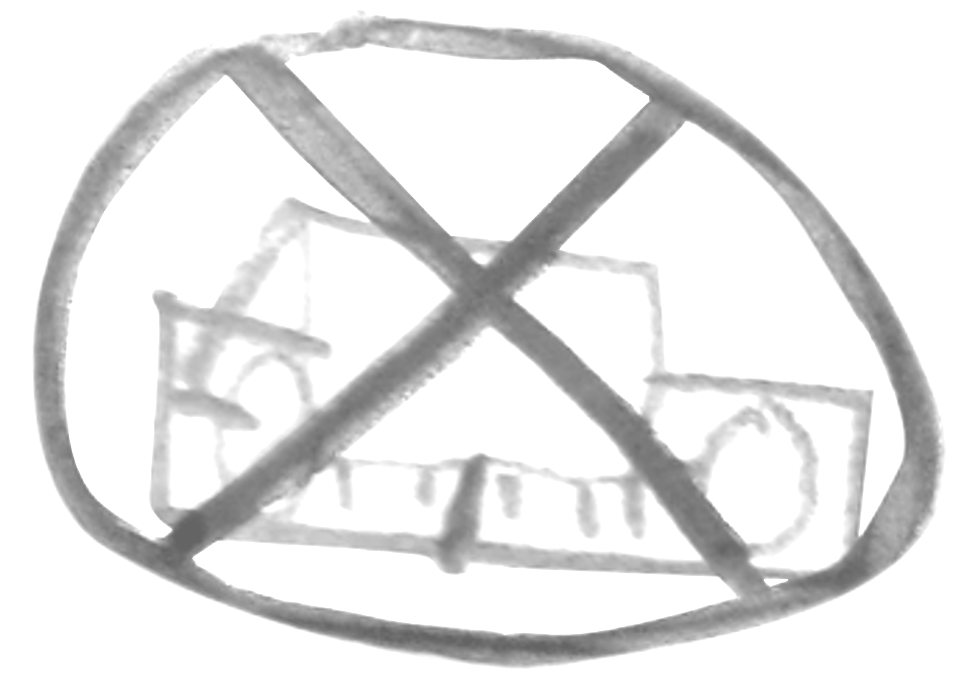FLOATING SOUND GALLERY
Vienna
Pierre Schaeffer
1910 – 1995
Photo Maurice Lecardent 1955 © Ina
Pierre Schaeffer is mostly known as the inventor of musique concrete and as a specialist of mass medias.His musical discoveries as well as his long career in French radio and television diffusion allowed him to overcome esthetical and technical aspects to reach the social and political role of communication in contemporary societies. Musician through family tradition and engineer through academic studies but also writer and composer, he has founded and managed several “impossible but necessary” institutions such as:
- the Studio d’Essai (“Test” Studio) in 1942
- the Service de la Recherche (Research Department) in 1960
and under the qualification of “concret” or “experimental”:
- the GRM (Music Research Group) until 1960, after which he gave the direction to François Bayle
In 1968, he founded an electroacoustic composition class at the National Conservatory of Paris. Between 1948 and 1951, Pierre Schaeffer has composed the Études de bruit and, in collaboration with Pierre Henry, the Symphonie pour un homme seul, Bidule en Ut, and Orphée. From 1958 to 1960: Études aux allures, Études aux sons animés, Études aux objets. Then in 1975, Le trièdre fertile (with Bernard Dürr), and Bilude in 1979.
Cinq études de bruits – Five noises studies / 1948, 16’12
1. Étude aux chemins de fer – Railway Study, 2’48
“The train theme is freely treated in a first section, making use of numerous forms of rhythmic development. The first part appears a bit like a theme and variations; then comes the second partthat voluntarily distances itself from the anecdotal character of the sounds but is nevertheless constructed from the same elements. Finally a codaevokes the initial theme.”
P. S.
2. Étude aux tourniquets – Whirligig Study, 1’53
Compared to the preceding study, Étude aux tourniquets is “poor” in regards to the means put into play: a few lamellophones (sansas), a set of bells, a xylophone and “whirligigs”- “an orchestra of miniscule toys”. Its construction, a bit stiff, evokes a music box,and its sonority suggests some imaginary gamelan. One can identify effects of slowing down and speeding along beside processes of looping and rhythmic ostinati.Conclusion to the adventure: “Concrete manipulation creates new forms.”
P. S.
3. Étude violette – Study in violet, 3’17
“The technique of the ‘closed groove’ is the foundation for this composition; it consists in isolating sound or rhythmic fragments in different tempos and different registers,leading to construction where diverse processes come into play – reverberation, sound played backwards, etc.”
P. S.
4. Étude noire – Study in black, 3’53
“A rhythmic first movement [...] follows a melodically-slow movement, then a return to rhythmic variations once again broken by a slow motifwhere the resources of three contrasting tessiture are exploited.The study ends with a rhythmic return evoking the initial tempo.”
P. S.
5. Étude aux casseroles, dite “Pathétique” – Saucepan Study, also known as Pathetique, 3,19
“In Étude aux casseroles, the barge from the French canals, the American harmonica and Balinese priests miraculously set to obeying the gods of theturntable- a gifted ensemble, economical with its effects.And when, alternately, the insistent ‘Sur tes lèvres’ intervenes (three times), peppered with coughing, listeners invited to a first hearing arerightfully amazed at a composition that is so clever, so harmonious, so definitive. Thus are the classics of musique concrète born.”
P. S.
Variations sur une flûte mexicaine – Variations on a Mexican flute / 1949, 3’06
This piece, conceived as an exercise, was drawn from recording a small six-holed flute, brought back from Mexico. The percussion derives from striking the body of the instrument. The judiciously employed reverberation transforms this piece, with its voluntarily limited means, into entrancing music, its sounds lavish and myriad.
